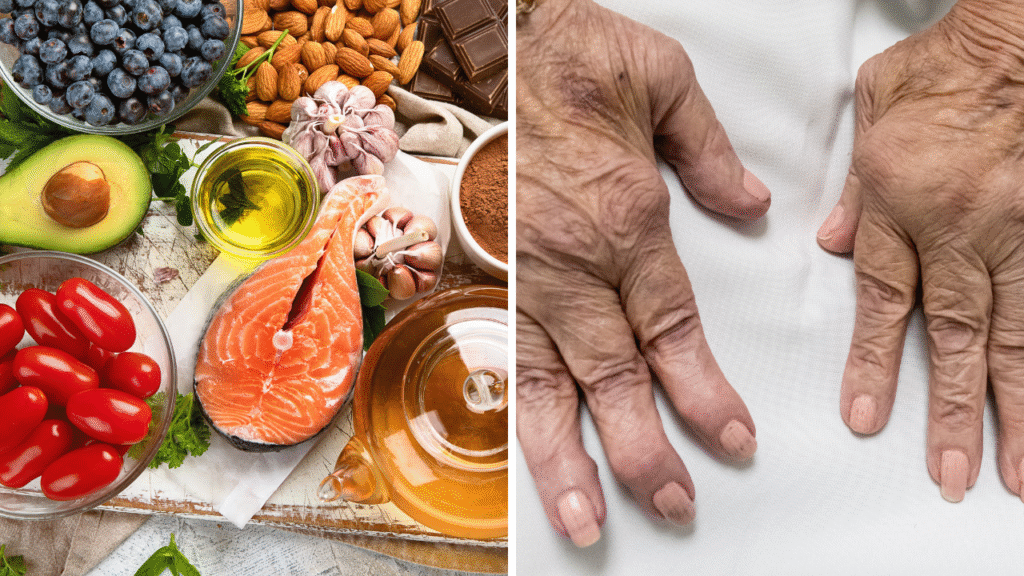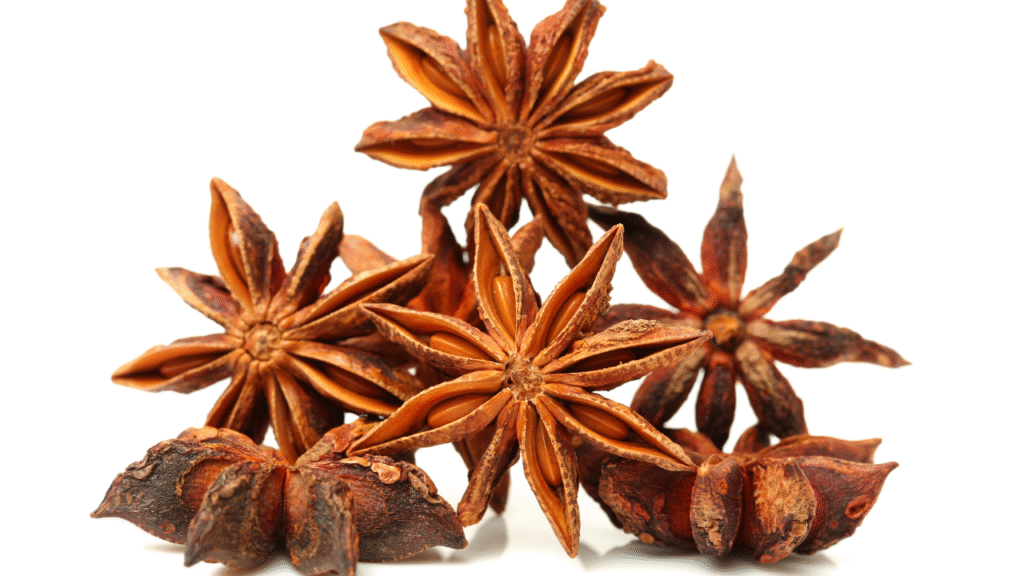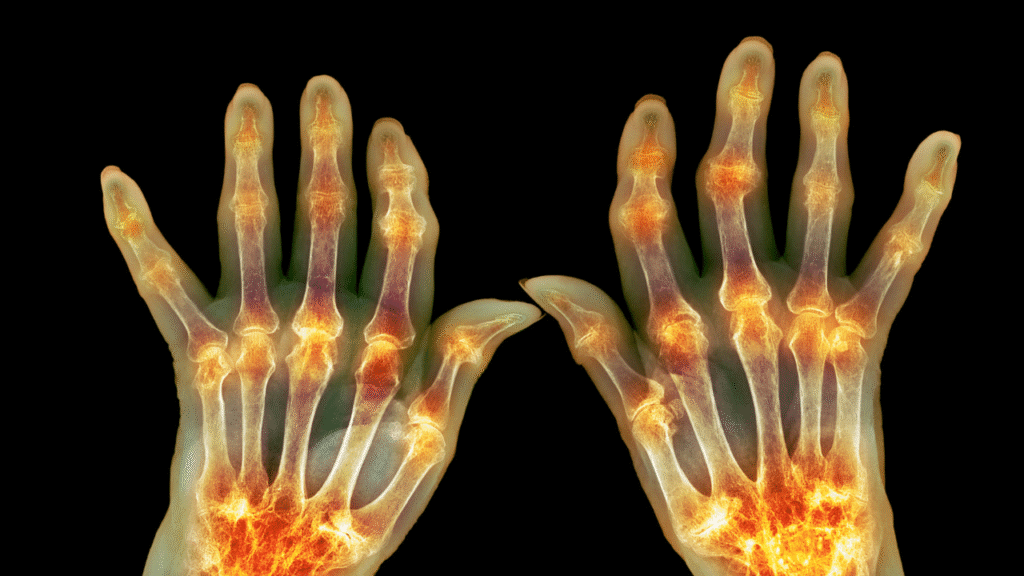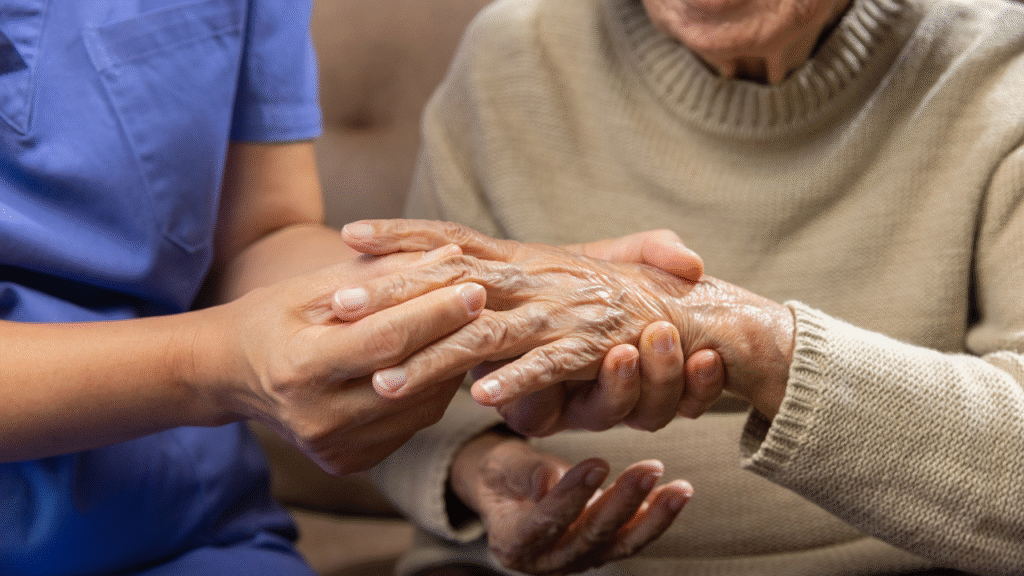
Plantar warts are benign growths on the skin’s surface at the bottom of the feet. Usually skin-colored and rough, some may have flat, smooth brown or gray-black lesions. Plantar warts are sometimes mistaken for calluses, but warts can be uncomfortable when pressed. Salicylic acid is one of the treatments that can hasten the healing of plantar warts. Plantar warts may disappear on their own or with the help of over-the-counter medications and home remedies, but it’s essential to know when to seek medical attention. According to the American Academy of Dermatology, most wart removal procedures take a few weeks, if not longer. Natural home remedies for plantar warts are salicylic acid, duct tape, freezing sprays, iodine, tea tree oil, and apple cider vinegar.
Here are 11 Fantastic Natural Home Remedies for Plantar Warts
1. Duct tape.
A risk-free but unproven method for getting rid of warts is duct tape. Try it by applying silver duct tape to the wart and changing it every few days.
Soak the wart between applications, and gently remove dead skin with a pumice stone or emery board between treatments. Although there is conflicting evidence in favor of this technique, using duct tape won’t be harmful, even if it doesn’t work. Although it is unknown if duct tape works in this manner, the theory behind its use for warts is that it might help “peel away” the layers of the wart.
How to use:
- Wrap the wart in silver duct tape, and leave it there for 4–7 days.
- After removing the tape, wash the area with soap and water.
- Next, gently scrub the affected area using an emery board while avoiding the nearby skin.
- After 12 hours, apply another piece of duct tape to the wart.
- You can use this treatment for up to 6 weeks.
2. Salicylic acid
A typical beta hydroxy acid is salicylic acid, used to treat acne. It functions by removing dead skin cells, which can occasionally clog pores. OTC wart creams have higher salicylic acid concentrations than prescription wart creams. You must use the salicylic acid product on your plantar warts following the directions on the packaging and continue the treatment for the entire recommended duration to get the most benefit from this treatment. Wart removal products without a prescription are offered as a patch, gel, or liquid.
You’ll probably be told to clean the area, soak it in warm water, and use a pumice stone or emery board to scrape off the top layer of softened skin gently. While liquid products are applied daily, patches are frequently changed every 24 to 48 hours.
3. OTC freezing sprays
The most crucial information in this text is that freezing sprays for plantar warts are available at pharmacies and that they function by inflicting a tiny blister-like injury that may aid in the wart’s destruction. Follow the directions on the packaging and carry out the freezing spray application several times. Consult your doctor about additional treatment options if OTC medication fails to remove the wart. Compound W Freeze Off and Dr. Scholl’s Freeze Away are over-the-counter medications that freeze warts. The FDA advises against using some wart removers near a fire, flame, heat sources, or lit cigarettes because they are flammable.
4. Iodine
Iodine is a necessary mineral with different uses, such as treating warts. For example, using a topical 2% povidone-iodine solution to treat common warts was effective, according to a 2015 study published in Dermatology and Therapy. In addition, doctors and other medical professionals may use iodine preparations to prepare a patient’s skin for surgery or other procedures that compromise the skin barrier. However, insufficient evidence supports the effectiveness of over-the-counter iodine for treating plantar warts.
5. Tea tree oil
As a topical antiseptic, tea tree oil has long been used to treat fungal infections, wounds, and acne. In a case study in 2008, tea tree oil was used once daily for 12 days to remove warts from a person’s hand successfully. Before recommending this strategy, experts must conduct more research. Tea tree oil is sometimes applied to skin infections like warts. In 2008, Complementary Therapies in Clinical Practice reported that tea tree oil successfully treated warts on a child’s finger. Tea tree oil can remove plantar warts, but there isn’t enough evidence to support this. People should adhere to the manufacturer’s directions when using tea tree oil.
6. Apple cider vinegar
Apple cider vinegar’s health benefits include wart treatment with acetic acid. However, there must be proof that using apple cider vinegar to treat warts is secure or productive. Additionally, apple cider vinegar should not be applied directly to the skin due to the risk of chemical burns. Calluses are most common on the hands and feet and are caused by repeated friction against the skin. A callus may also contain plantar warts.
How to use:
- Three parts water to 1 part ACV as a dilution
- Using a cotton ball, dab the solution on the affected area.
- Put a bandage over the affected area.
7. Cover with a banana peel.
If you are not allergic to bananas, using banana peel to treat it is safe.
How to use:
Put a piece of banana peel on your wart and tape it so the inside is in contact with your skin.
Alternately, apply your wart with a fresh banana slice.
Green banana peels are preferable to ripe banana peels for this remedy.
8. Apply oils
Natural plant oils with antimicrobial and antiviral properties, such as lemon essential oil, tea tree essential oil, thuja essential oil, and neem essential oil, can treat warts. Scientific studies and anecdotal evidence support this.
How to use:
- Add a carrier oil, such as vitamin E, to the essential oil to dilute it.
- Then, put the oil mixture on the warts.
9. Use garlic topically as remedies for plantar warts
Garlic contains antiviral compounds that prevent virus-infected cells from growing, helping treat warts and HPV infections.
How to use:
- Apply crushed garlic directly to the area that needs treatment.
- Next, apply a bandage to the site to treat it.
- After 20 minutes of application, wash the area.
10. Potato Skin
Peel a potato and set it aside. Now rub the wart with the inner potato skin portion. Exercise it twice daily. Within one to two weeks, the wart will disappear. This treatment naturally removes the wart.
11. Cold Water
Spend 12 to 15 minutes with your foot submerged in cold water. After that, properly dry it. By eliminating the virus, warts will disappear.
Preventive Measures
To promote a quicker recovery and stop the spread of infection, practicing some self-care techniques and receiving medical attention are advised. In addition, the following advice could be helpful:
- Do not touch the warts.
To stop the infection from spreading, you must refrain from touching the warts with your hands directly. Please refrain from picking or scratching them as well. Be sure to wash your hands if you feel the wart thoroughly.
- Maintain foot hygiene
To avoid contracting the illness, always wear shoes indoors. Maintain a dry, clean, and moisturized foot. Change your socks every day and occasionally clean your shoes.
- Cover the warts
Cover plantar warts with waterproof bandages or rubber Verruca socks when swimming or into other bodies of water.
- Use comfortable footwear
It’s crucial to wear shoes that fit correctly and are comfortable. Additionally, you can use specialized orthotic pads to help your warts feel less pressure. Finally, don’t let anyone else use your shoes or socks.
- Sterilize used tools
Sterilize your tools with alcohol or boiling water after treating your warts. Keep tools like emery boards away from other skin-related areas to prevent infection. Finally, cleanly dispose of the skin fillings.
- Do not clip your warts.
Don’t try to remove your warts with nail clippers because this can lead to infection and scarring.
- Include immunity-boosting foods in your diet.
Foods that are antiviral, like garlic, are recommended as a treatment for plantar warts. In addition, vitamin A-rich foods like broccoli, sweet potatoes, carrots, red bell peppers, spinach, and apricots help to strengthen the immune system. To obtain vitamin C, choose foods like grapefruit, tangerines, oranges, papaya, strawberries, tomato juice, bell pepper, and cereals with added vitamin C. Vitamin C also aids in producing antibodies. It is also advised to supplement with zinc, copper, iron, and selenium to fortify the immune system.
When to See a Doctor
Although not medically treatable, plantar warts can cause stress or embarrassment. If the wart hurts, darkens, bleeds, swells or drains, multiplies, or causes discomfort in daily activities, or if the person has diabetes, loses feeling in their feet, or has a weakened immune system as a result of illnesses like HIV/AIDS or immune system disorders, then they should see a doctor.
Conclusion
Plantar warts are benign growths on the skin at the bottom of the feet, usually skin-colored and rough. Salicylic acid is one of the treatments that can hasten healing, but it is essential to seek medical attention. Duct tape is one of the risk-free remedies for plantar warts. Freezing sprays are available at pharmacies and function by inflicting a tiny blister-like injury. Iodine, tea tree oil, and apple cider vinegar have health benefits, but should not be applied directly to the skin due to the risk of chemical burns




